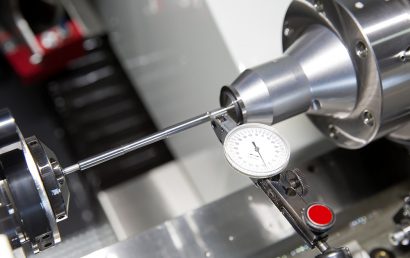5 Different Types Of Wear Resistant Coatings
Light-mass metals are now essential for aerospace, automotive, transportation, or alternative industries. Providing the capacity of weight cutting and affordable service, they may bring about some heightened productivity, output, or long-term production within such fields. Below are various forms of wear-resistant coatings.
Carbide
Carbide coatings get deployed for insulating a section over erosion, abrasion, fretting and galling. Many coatings are delivered with intense thermal spray procedures, while plasma might be coated. This enhances the material characteristics of each section for hardening surfaces, keeping material traits, improving resistance or durability, or preserving metal from adhesive. Available are various forms of carbide coatings that are classed under significant classes:
- Tungsten carbide – cobalt/chrome
- Tungsten carbide – cobalt
- Tungsten carbide/chromium carbide – nickel
- Tungsten carbide – nickel
- Chromium carbide – nickel/chrome
- Chromium carbide
Ceramic
Ceramic coatings, also called oxide coatings, protect a part against abrasion, sliding wear, fretting and galling. Ceramic coatings also offer corrosion resistance combined with sealers, so these may be chosen for delivering wear resistance upon getting contaminated by corrosive fluids. Ceramic coatings get coated by plasma spray or detonation gun procedures. Reviewed beneath are some typical forms of ceramic coatings.
- Aluminum oxide / Titanium oxide
- Aluminum oxide
- Chromium oxide
- Chromium oxide / Titanium oxide/ Silicon oxide
- Chromium oxide / Titanium oxide
- Zirconium oxide
- Yttrium oxide
- Zirconium oxide / Yttrium oxide
Cermet
Cermet coatings get made to work like ceramic and carbide coatings, just at warmer temperatures, reaching ~1100°C (~2000°F). The binder is refined by superalloys or MCrAlY powder, wherein “M” might denote cobalt, nickel, or a mix. The modified binder may withstand oxidation when reaching warmer temperatures. Reviewed beneath are several example compositions.
- MCrAlY plus chromium carbide
- Superalloy plus aluminum oxide
- MCrAlY plus aluminum oxide
- NiCrBSi plus tungsten carbide
- Superalloy plus oxide and carbide blends
Metal Alloy
Metal alloy coatings hold a foundational alloy that remains corrosion resistant with several challenging stages for wear resistance. Many thermal spraying modes may be taken for applying the metal alloy coatings. Several standard chemistries are listed below:
- Nickel superalloy plus tungsten carbide
- Nickel superalloy plus chromium carbide
- Cobalt alloys plus tungsten carbide
Laser Cladding / Hard facing
Laser cladding’s metallurgical bond, predictable chemistry, or ductility combat wear or corrosion within places where thermal spray coatings or chrome plating are inadequate owing to fragility, infusible morphology, or adhesive bond. Many substances or mixes are accessible with several trending chemistries reviewed beneath:
- Nickel alloys plus tungsten carbide
- Stainless steel plus tungsten carbide
- Nickel-based hard-facing alloys
- Tungsten carbide composites
- Cobalt-based hard-facing alloys
- Wear Resistant Coatings
- Print Roll Life
- Thermal Barrier
- Release or Sticking
Abrasion Resistant Coatings
- Fluoropolymer Resin/lubricant blends that offer excellent corrosion protection
- Epoxy, Air Dry Cost-effective, corrosion-resistant coating
- PVDF/Kynar® High-quality coating ideal for chemical processing applications
- PTFE The original non-stick coating able to withstand high temperatures
- FEP PTFE characteristics with better abrasion resistance
- Epoxy, Thermal Cure Excellent impact resistance, plus corrosion and abrasion resistance
- Xylan® A fluoropolymer that can extend component life
- ECTFE/Halar® Resistant to most chemicals plus high impact strength
- Phenolic Ideal in low pH, high-temperature environments
- Inorganic Zinc Corrosion and weathering protection for steel
- PPS/Ryton® Thin film chemical resistant coating
Common Wear and Abrasion Resistant Coating Application
Wear and abrasion-resistant coatings get applied in various diverse applications or industries. Several of the popular applications for such forms of coatings consist of:
- Roll Surfaces
- Conveyor System Components
- Plastic Molding and Compounding Machinery
- Cement Mill Equipment & Auger Screws
- Pump & Valve Components
- Wind Turbine Components
- Pipelines & Conduits



